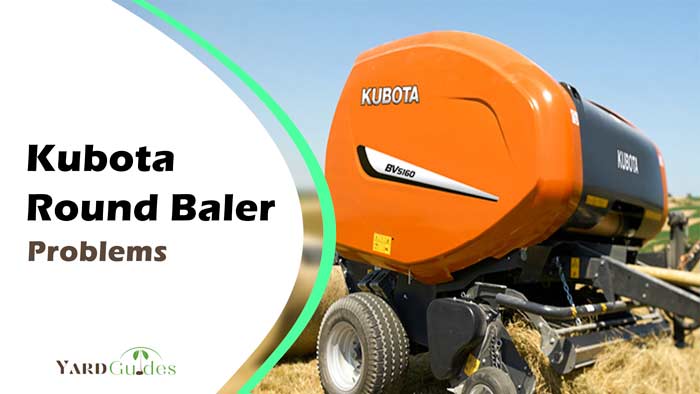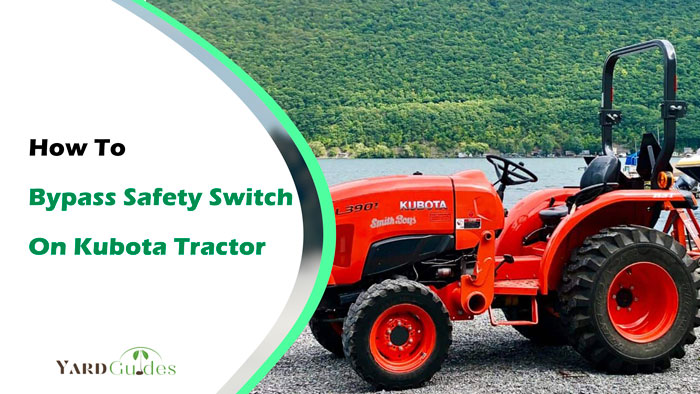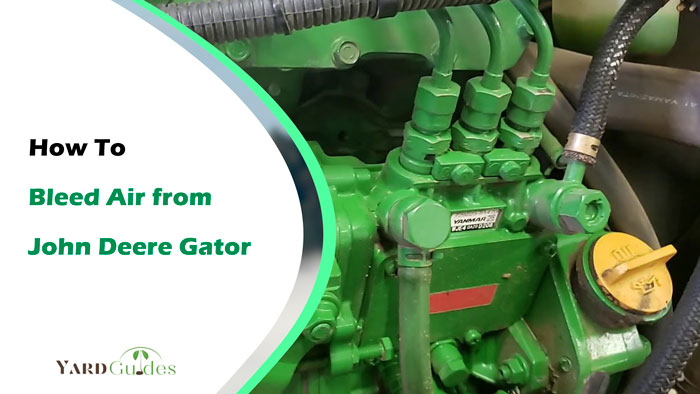Kubota is comparatively new in the baler market with its BV4000 and BV5000 series. With efficient operation and various protections, Kubota round balers are pretty reliable. Balers can save the environment from hazardous effects and a lot of time. But sometimes, the Balers may come out with some problems.
So, what are the most common Kubota round baler problems? Slip clutch issues, baler belt malfunctions, banana bales, loose bales, and net wrapping issues are some of the most common problems with Kubota round balers. The pickup head on Kubota round baler might also clog sometimes.
These problems can make your baling days much harder. We will show you the causes behind the problems with their solutions. Let’s begin.
6 Common Problems with Kubota Round Baler and Their Solutions
Check the following table to learn about the common issues and their solutions at a glance.
| Problems with Kubota Round Baler | Solutions |
| Slip clutch issues | Check the slip clutch and shear bolt for wear. Replace if necessary |
| Baler belt malfunctions | Adjust belt tension. Replace if the belt is worn. |
| Banana bales | Check windrow width and belt wear. Fix the driving angle. |
| Loose bales | Check and adjust bale density for each zone. |
| Clogged pickup head | Decrease ground speed. Reduce the size of windrows. Check the hitch pin. |
| Net wrapping issues | Check the net roller and refill it. |
1. Slip Clutch Issues
Slip clutch is used in the driveline and protects it from overload. It connects the tractor and the baler. If the slip clutch works perfectly, the baler should work while rotating the PTO shaft. But sometimes, the baler does not work even if the PTO shaft rotates.
The slip clutch can be worn over time. And it will start slipping once the clutch is worn. You will get some noise and a burning smell from the slip clutch. It can also get blocked with hays. And damaged shear bolts may cause the problem as well.
The Fix
- First, check if the shear bolt is for signs of wear or damage. Replace it with a new one.
- Then, check the slip clutch for wear and blockage. If the clutch is completely worn, replace it. Clean the blockage.
Quick Tip
- Keep the moving components properly lubed to avoid premature wear.
2. Baler Belt Malfunctions
The large belts inside the baling chamber help stack up the hay into bales. It needs to have the right tension to spin at a constant speed.
Sometimes, the belt might stop spinning. It mostly happens if the tension on the belt isn’t right. Or the belt may be worn entirely, which prevents it from gripping the rollers.
The Fix
- Start by checking the belt tension. Please refer to the owner’s manual to adjust the tension.
- If the belt still doesn’t spin after adjusting several times, it may have reached the limit. Check for wear and replace the belt if its thickness is half of what it should be.
Quick Tip
- Always run the belt with proper tension to avoid wear.
3. Banana Bales
Round bales should have a perfectly cylindrical shape when it comes out of the baling chamber. But sometimes, the bales seem to be shaped unevenly. These bales are commonly known as banana bales for their banana-like shapes.
It indicates the width of the windrows isn’t right for the baler. Or the distribution might not be correct. The bales will be lopsided if you drive the baler on one side of the windrows. And sometimes, the wear on the belts can cause the bales to be uneven. If one side of the belt is worn more than the other, the bale will be uneven.
The Fix
- Check the width and distribution of the windrows. Make sure the windrows take half the space of the pickup head.
- Correct driving angles to cover the sides properly.
- If the belts are worn, replace them.
Quick Tip
- Going back and forth can make the bales more even.
4. Loose Bales
With Kubota Round Balers, you can pre-select the bale density in different zones. For example, the core zone might have a lower density if you are baling wet silage. The mid and outer zones have higher density resulting in tighter bales.
If the diameter and the density of the bale aren’t correct according to what you are baling, it can result in loose bales. For example, the bales can be loose if the density setting isn’t the highest for dry straws.
The Fix
- You need to check the density setting on the control terminal. Adjust the density setting based on whether you are baling hay, straw, or silage.
- Also, adjust the belt tension if necessary. A properly tensioned belt will produce tighter bales.
Quick Tip
- Get familiar with the control terminal to set the bale density for different crops.
5. Clogged Pickup Head
The pickup head has multiple blades to feed hay or straw into the baling chamber. If that gets clogged, bales won’t form perfectly.
It can clog due to high ground speed. Though productivity increases with speed, you shouldn’t have the same speed for all crops. If the windrows are very large, they can also clog the head. And the hitch pin might come out to jam the pickup head.
The Fix
- You should reduce the ground speed to prevent the pickup head from clogging.
- Also, reduce the size of windrows.
- The hitch pin should be locked in place.
Quick Tip
- Cover the hitch with a mat to prevent it from catching hay.
6. Net Wrapping Issues
Once the bale is formed, the machine wraps a net around it to maintain its shape. Sometimes, the wrapping might not be as tight as you want.
It happens if the remaining net on the roller isn’t sufficient. If the net cutter doesn’t work properly, the machine might not wrap the net in the right orientation.
The Fix
- Check if the roller has enough net. Insert a new roll if required.
- Make sure the net cutter is working properly. It should be sharp enough to cut the net in the right direction.
Quick Tip
- Check the remaining net amount before starting baling.
Final Words
Kubota round balers are equipped with the necessary technology to control every aspect of baling. They have a focus control terminal to manage all the functions without getting out of the tractor. Still, some problems are prevalent with Kubota round balers, but the solutions are scarce.
We picked some common Kubota Round Baler problems and tried to identify their causes. Besides, we provided the necessary solutions to overcome the hurdles. Some of these problems may happen due to low maintenance. You can avoid some issues by performing routine checks on the baler.



